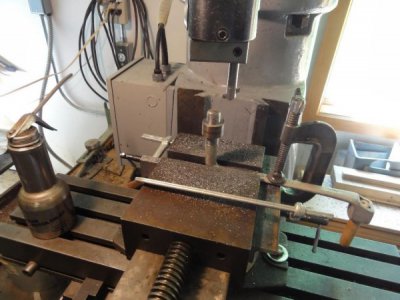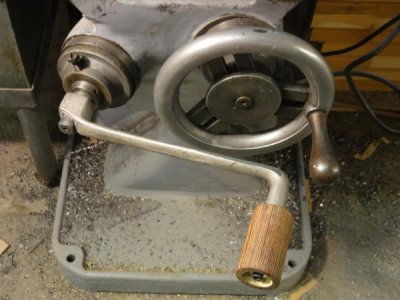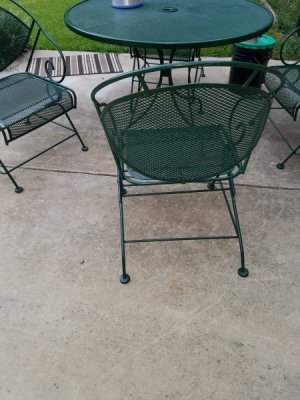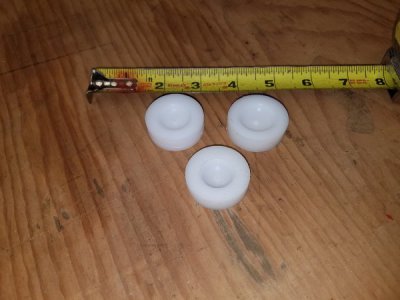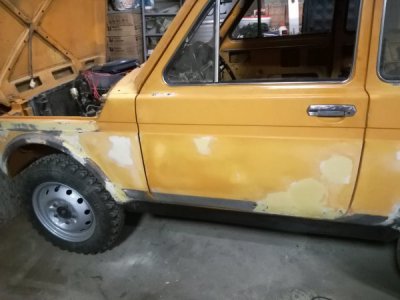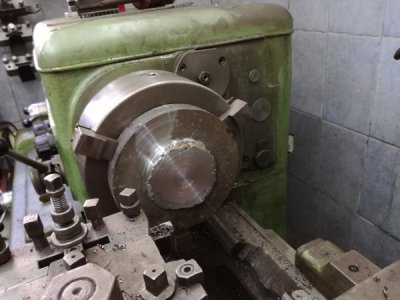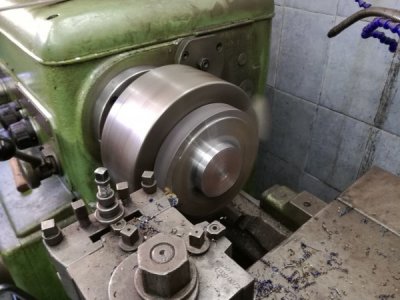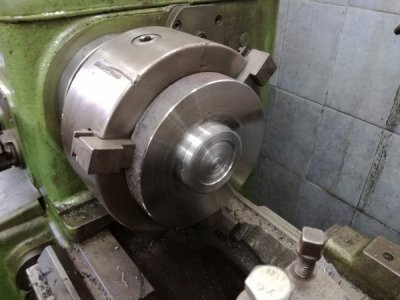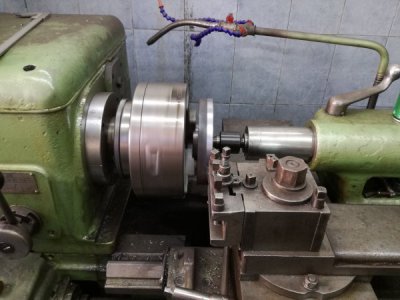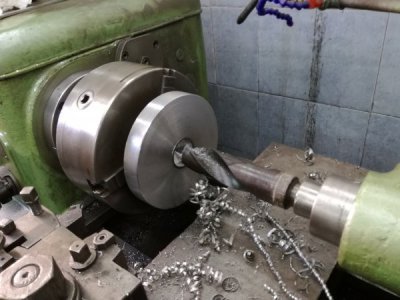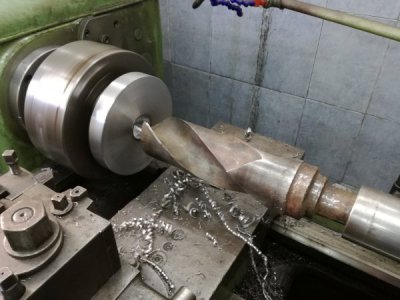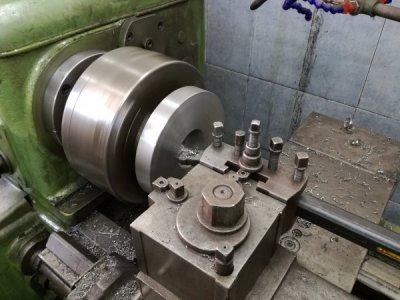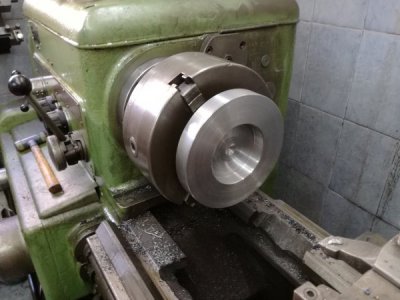Yesterday, I finally had a chance to "finish" my fly tying vise. This project was more of a test for things I've learned, because I wanted to prove that I'd learned some basic principles (plus, I wanted a vise, and went the cheap route of building a vise for $200 in materials instead of buying a vise for $30). Everything (except the ball and the spring) is either stainless steel or brass. Here's what I planned on doing with this project :
- Turning (including interrupted cuts)
- Facing
- Knurling
- Threading (I chose a 3/4-20, which isn't a common thread)
- Boring (because I'm a boring kind of a guy)
- Internal Threading
- Off-center boring (for the cam to allow the vise to have a lockable rotation)
- Indexing (I used my mini-mill for this, but the right metrics and it can be done all on a lathe)
- Ball turning (because I had just made a ball turner)
Everything was done on the lathe except for the rotation indexing, the spring pocket, the screws to tighten the off-center cam, and milling the base plate's 45-degree chamfer (those all used the Harbor Freight mini mill). I did more of a write-up
on my blog, but the basic gist of this follows. I believe this kind of project could be done entirely on a lathe from start to finish save the drilling and tapping of the small holes.
The jaws were made from 1/4x1/2" stainless flat bar (so that I had a matched pair).
My trial of the holding power of the jaws involved a utility knife :
Off-center boring (Was a very nice trick to use the dead center to get the mark lined up exactly where I wanted the offset hole) :
After the pockets and screws were done on the cam :
Ready for the stand-off ball joint :
Everything but the base assembled :
And all together now :
I was trying to put a dissected brass fish on the base, but I actually liked the looks of the base in it's raw form (it's heavy enough that I didn't need the extra weight for stability). Finally get to cross that one off of the list.



